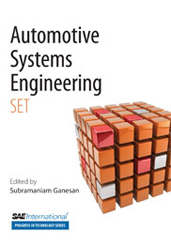Journal Article
Steady and Transient CFD Approach for Port Optimization
2008-04-14
2008-01-1430
The intake and exhaust port design plays a substantial role in performance of combustion systems. The port design determines the volumetric efficiency and in-cylinder charge motion of the spark-ignited engine which influences the thermodynamic properties directly related to the power output, emissions, fuel consumption and NVH properties. Thus intake port has to be appropriately designed to fulfill the required charge motion and high flow performance. While turbulence intensity and air-mixture quality affect dilution tolerance and fuel economy as a result, breathing ability affects wide open throttle performance. Traditional approaches require experimental techniques to reach a target balance between the charge motion and breathing capacity. Such techniques do not necessarily result in an optimized solution.

